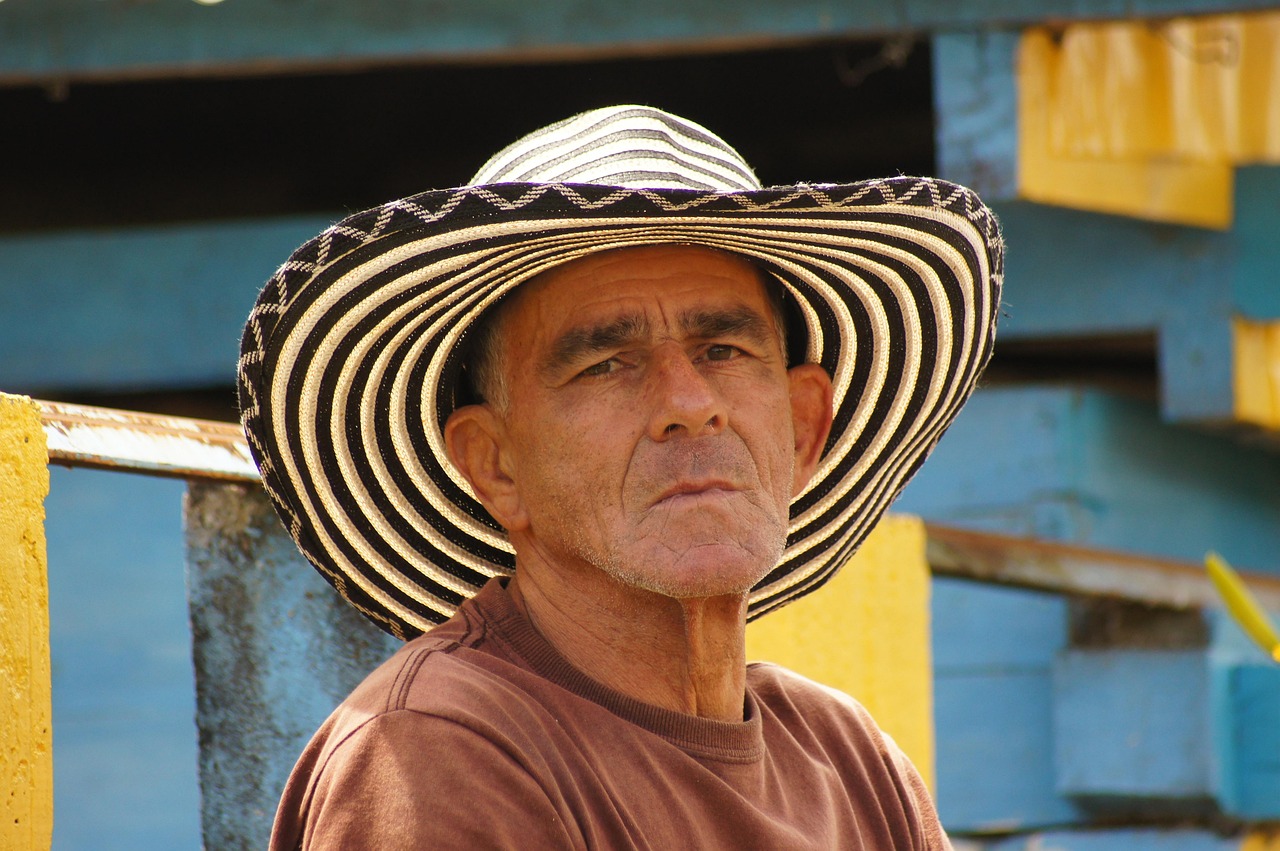The Remarkable Health Benefits of Blue Zones Living
From the sun-soaked shores of Sardinia to the verdant valleys of Okinawa, there exist pockets around the world known as Blue Zones—regions where people live significantly longer and healthier lives compared to the global average. But what makes these areas special, and how can we harness their secrets to enhance our own health and wellness?

The Genesis of Blue Zones
Blue Zones is a term coined by National Geographic Fellow and author, Dan Buettner. His quest to understand the secrets of longevity led him to identify five regions across the globe—Okinawa (Japan), Sardinia (Italy), Nicoya (Costa Rica), Icaria (Greece), and Loma Linda (California, USA)—where people enjoy remarkable longevity and a high quality of life.
Extensive studies and observations revealed that these regions share some common lifestyle characteristics, ranging from diet and physical activity to social engagement and stress management. This led to the concept of Blue Zones, a unique approach to health and wellness that emphasizes holistic, lifestyle-based strategies instead of quick-fix solutions.
The Blue Zones Lifestyle in the Modern Health Scene
In an era where health trends come and go with alarming speed, the Blue Zones lifestyle has remained steadfastly relevant. The reason is simple: it offers a sustainable, holistic approach to wellness that’s deeply rooted in centuries-old traditions and proven by modern science.
Key principles of the Blue Zones lifestyle include a plant-heavy diet, regular physical activity, strong social connections, and a clear sense of purpose—all of which have been shown to contribute to longevity and improved health.
The Science Behind the Strategy
The Blue Zones lifestyle is more than a wellness fad—it’s a research-backed approach to health. Studies have shown that people in Blue Zones tend to have lower rates of chronic diseases like heart disease and diabetes, and they live longer, healthier lives.
For instance, the traditional Okinawan diet—rich in vegetables, whole grains, and soy products—has been associated with lower rates of heart disease and certain types of cancer. Similarly, the strong social connections and sense of community in Sardinia have been linked to improved mental health and longer lifespan.
The Challenges and Critiques
While the benefits of the Blue Zones lifestyle are compelling, it’s important to note that it’s not a one-size-fits-all solution. Cultural, genetic, and environmental factors play a key role in the health outcomes seen in these regions, and these factors can’t be fully replicated elsewhere.
Moreover, the Blue Zones lifestyle requires significant lifestyle changes, which may not be feasible or desirable for everyone. Nonetheless, even small steps towards adopting some of these principles can lead to meaningful health improvements.
Enrich Your Wellness Routine: Blue Zones Inspired Tips
- Embrace a plant-forward diet: Prioritize fruits, vegetables, whole grains, and legumes, which are staples in all Blue Zones regions.
- Move naturally: Incorporate more physical activity into your day-to-day routine. This doesn’t have to mean hitting the gym—gardening, walking, or cycling are great options.
- Foster social connections: Spend quality time with friends and family. Social engagement is a key aspect of the Blue Zones lifestyle.
- Find your purpose: Having a sense of purpose in life is associated with improved mental health and longevity. Take time to explore what brings you joy and fulfillment.
In conclusion, the Blue Zones lifestyle offers a refreshing perspective on health and wellness—one that focuses on holistic, sustainable strategies rather than quick fixes. While it may not be a magic bullet for health, the principles of Blue Zones living can guide us towards a healthier, happier, and potentially longer life.





